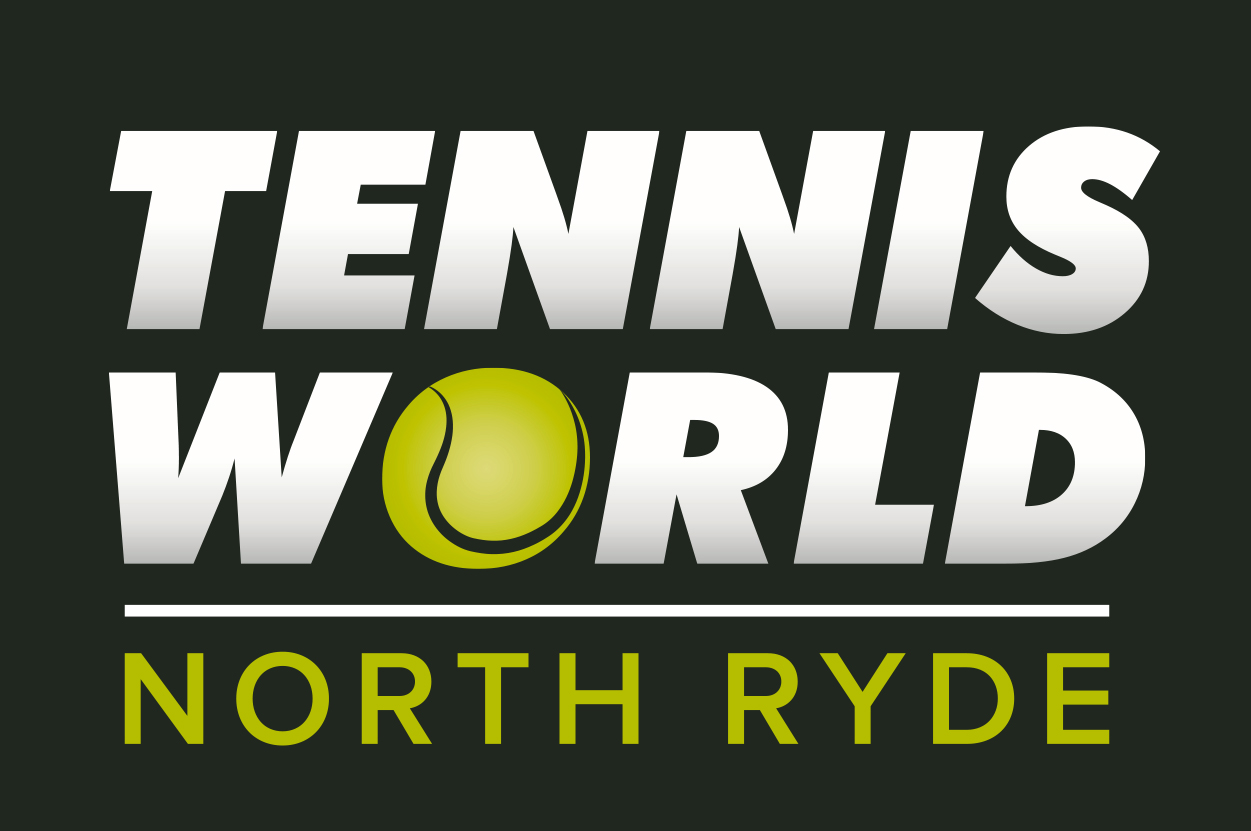[vc_row][vc_column][vc_row_inner][vc_column_inner][vc_column_text]Many recreational players take a few lessons from their tennis coach and then just struggle developing their game by themselves. As better players try to improve with regular training and drills they often lose the fun of the sport and actually what they originally took tennis up for in the first place.
A way of bringing back the fun of the sport and to let you enjoy playing more is through non-competitive training. There are two main types of non-competitive training and that is through playing game situations with keeping score, and playing just to feel and time your shots correctly.[/vc_column_text][/vc_column_inner][/vc_row_inner][vc_row_inner][vc_column_inner][vc_column_text]
Playing Games and Not Keeping Score
The main aim of this exercise is to change the emphasis on just winning, and to improve shot play. If you are constantly looking to win all the time then it is normal to play tactics and shots that you feel you are good at. The tendency to risk a shot for the benefit of improvement will probably not happen.
Secondly, if you are mostly focused on how you are going to win the game you are not paying any attention at the other parts. How your technique is for instance, or how you hit the ball. Your only memory will be the last moments of winning or losing a point, and not register the other parts of the rally.
Therefore your attention should switch to what your coach advises and the objectives he wishes you to achieve. Like how high over the net you hit, this will then bring in many factors of your game that you are paying attention to. How to achieve the objective and what you are doing wrong.
[/vc_column_text][/vc_column_inner][/vc_row_inner][vc_row_inner][vc_column_inner][vc_column_text]
How To Practice Example Drills
These drills have the same emphasis on concentrating on the things you need to improve and not the result. So really you can use any drills you like but don’t keep score, that is not the objective.
The drills can aid a number of core techniques including: depth of shots, accuracy, consistency, building up stamina, the correct positioning, the right contact point, and working on your tactical decisions.
- Attack & Neutralise Drill
The first player can start by feeding the ball to the opposition and the goal is to attack the second player in any way possible. The second player does not look to attack in any way whatsoever. Then after a set time swap roles and play the other way. This is to develop shot selection with no pressure.
[/vc_column_text][/vc_column_inner][/vc_row_inner][vc_row_inner][vc_column_inner][vc_column_text]
Playing to Improve Touch and Timing
This type of training is rarely used in tennis coaching, yet it is important for developing the feel and timing of your shots, plus hand-eye coordination.
To do this effectively there should not be a competitive edge, what you are trying to achieve is fluency, a good rhythm and consistent rallies. Analyse yourself during the exercise: How are you hitting the ball? How clear do you see it? Are you hitting the ball on the sweet spot of the racket? How much power are you generating?
You can focus on one or more of these areas and gradually increase your awareness about how you are doing, before you realize it will improve automatically.
[/vc_column_text][/vc_column_inner][/vc_row_inner][/vc_column][/vc_row]
